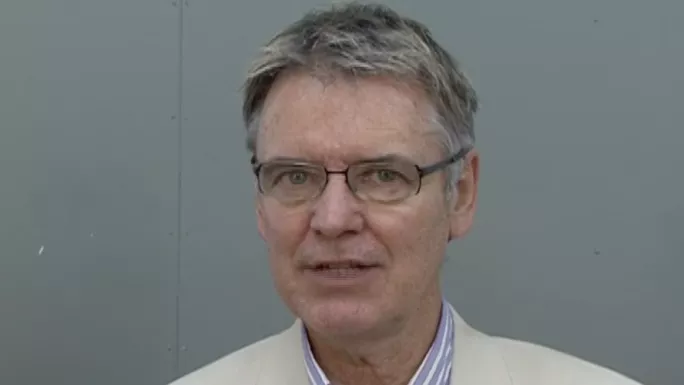John Hattie: ‘Teachers must see their impact to believe it’
John Hattie, professor of education and director of the Melbourne Education Research Institute at the University of Melbourne, Australia, and author of groundbreaking study Visible Learning, writes:
For the last 20 years, I have been trying to collect every study I could find that relates to what makes a difference to student learning. I have collected about 80,000 studies, that’s a quarter of a billion students, so a fair sample size. It turns out that there are some practices that make a difference. There are some that we know do not work.
One example of what works best is feedback. The important part is not how much feedback the teacher gives a student, but how much feedback a teacher receives about the impact of their practice on student learning. And so part of the work I do is summed up by the phrase, “Know Thy Impact”.
Teachers need to have a clear understanding of what they mean by “impact” for their series of lessons; a sense of the desired magnitude of their impact; and how many kids they are going to have that impact on.
When you go into classrooms, you get a fascinating story. I know a colleague who, for years, put microphones on kids and used the findings to write a book called The Hidden Classroom. He found that 80 per cent of what happens in a classroom a teacher does not see or hear.
We know from analyses of classroom observations, that some teachers ask 200 to 300 questions per day. They speak a lot. Most teachers say they speak for 40 to 50 per cent of the time. It is more like 80 per cent of the time. And I am an academic, so for me it is 100 per cent.
The question is how you can see the students learning? As a teacher when you plan a lesson you think about what you want the students to learn and how best to engage them. But, how can you see your teaching through the eyes of the student? When we record teachers giving a lesson and replay the video, they can talk about it for hours.
However, when we record the students in the same lessons, and show teachers how their students were reacting, the silence is deafening. The problem with video, however, is that it’s time-consuming to watch back and review. It doesn’t provide any feedback or metrics for the teachers to work with in an immediate sense.
Yet imagine if teachers were able to regularly spend time evaluating the effect they have on students and were able to adjust their teaching methods accordingly. To achieve that, classrooms need to be made visible so that it is clear what teachers are teaching and importantly, what students are learning. This is known as “Visible Learning”.
The legacy of Visible Learning has been translated into “The Visible Classroom”, first piloted in the UK this year, in partnership with Nesta, Ai-Media and the University of Melbourne and funded by the Education Endowment Foundation. It has used the theory of Visible Learning to inform the development of a technical solution, which enhances teacher practice and provides greater access for students; particularly those in need of learning interventions.
Teachers involved in the pilot - although initially wary - soon found that reviewing their practice in this way took out the guesswork element of teaching. It showed them how they were most effective through the “eyes of the students”.
In our work in England, and throughout the world, there is an incredible amount of excellence out there in the school system. One of the major benefits of this technology is that we can now show teachers what excellence looks like - and compare it to their lessons.
So, how does it work?
Visible Classroom is a tool that provides students with a script of what teachers are saying, allowing them to “see” (and re-see) the teacher’s messages, instructions and stories as the lesson goes along. Teachers involved in the pilot said their students used it “almost as a subtitle to their lesson”.
After the lesson, the teachers receive analytics about their teaching, including how their students’ rated their learning. This allows teachers to reflect on their impact in real time and in light of the students’ actual learning experience. One teacher said that the technology “taught me to slow down, and then the children were listening better.”
Until now, we have not had technology that helps teachers start to see and really understand their impact, rather than relying simply on their memory of how that lesson went. And so our aim is to give teachers a mirror and show them their lesson as if they were looking through the eyes of the students. This enables them to know their impact more fully .
Register with Tes and you can read two free articles every month plus you'll have access to our range of award-winning newsletters.
Keep reading with our special offer!
You’ve reached your limit of free articles this month.
- Unlimited access to all Tes magazine content
- Save your favourite articles and gift them to your colleagues
- Exclusive subscriber-only stories
- Over 200,000 archived articles
- Unlimited access to all Tes magazine content
- Save your favourite articles and gift them to your colleagues
- Exclusive subscriber-only stories
- Over 200,000 archived articles




